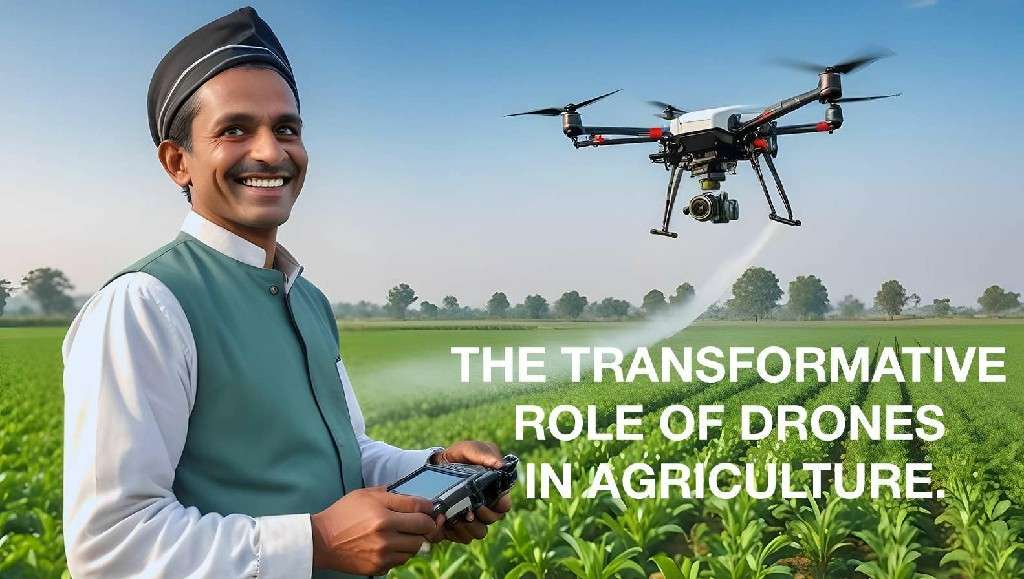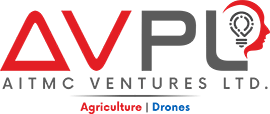
The Transformative Role of Drones in Agriculture
In recent years, drones have emerged as a game-changing technology in various industries, and agriculture is no exception. Drones in agriculture are revolutionizing how farmers manage their crops, monitor field conditions, and optimize yields. With the power of aerial imagery and real-time data collection, drones are reshaping traditional farming practices and paving the way for a more efficient and sustainable future.
Precision Agriculture
One of the most significant impacts of drones in agriculture is in precision farming. Drones equipped with high-resolution cameras and sensors can capture detailed aerial imagery of crops, allowing farmers to assess their fields from a bird’s eye view. This technology provides critical insights into crop health, enabling farmers to identify areas that require immediate attention. By using drones for targeted interventions, farmers can reduce waste, optimize inputs, and ultimately maximize their yields.
Crop Monitoring
Real-time crop monitoring is another key benefit of drone technology. Drones can fly over fields and provide instant data on crop conditions, allowing farmers to detect issues such as pests, diseases, or nutrient deficiencies early on. This proactive approach not only helps in mitigating crop losses but also supports better planning and resource allocation. Regular aerial surveys make it easier to track changes over time, ensuring that farmers stay one step ahead of potential problems.
Soil and Field Analysis
Drones play a vital role in soil and field analysis. By capturing aerial images, drones can help farmers assess soil health and identify variations in nutrient levels across a field. This data enables farmers to implement targeted nutrient management practices, leading to improved crop productivity and sustainability. With precise information on soil conditions, farmers can make informed decisions about crop rotation, cover cropping, and fertilizer applications.
Irrigation Management
Efficient water management is crucial for sustainable farming, and drones are making a significant impact in this area. Equipped with thermal cameras, drones can identify dry patches in fields that may require additional irrigation. By pinpointing areas of water stress, farmers can optimize their irrigation efforts, reduce water waste, and promote sustainable farming practices.
Cost Efficiency
Drones also contribute to cost efficiency in agriculture. By reducing the need for extensive manual surveys and labor-intensive practices, farmers can lower their operational costs. Furthermore, the precision offered by drone technology minimizes the use of chemicals, saving farmers money while also benefiting the environment.
Challenges and Limitations
Despite the numerous advantages, the adoption of drones in agriculture is not without challenges. Regulatory hurdles regarding airspace and drone usage can complicate implementation, especially for large-scale operations. Additionally, the initial investment costs and the need for technical training can pose barriers for some farmers. However, as technology continues to advance and become more accessible, these challenges are likely to diminish.
Future Developments
The future of drones in agriculture looks promising. Integration of AI and machine learning into drone technology can provide advanced analytics, enhancing decision-making processes for farmers. There is also potential for the development of autonomous drones capable of performing various tasks without human intervention, further streamlining agricultural operations.
In conclusion, drones are transforming the agricultural landscape by providing innovative solutions for crop monitoring, soil analysis, and resource management. As technology continues to evolve, the role of drones in agriculture will undoubtedly expand, enabling farmers to adopt more sustainable practices and achieve greater efficiency in their operations. The future of farming is bright, thanks to the integration of drone technology.

